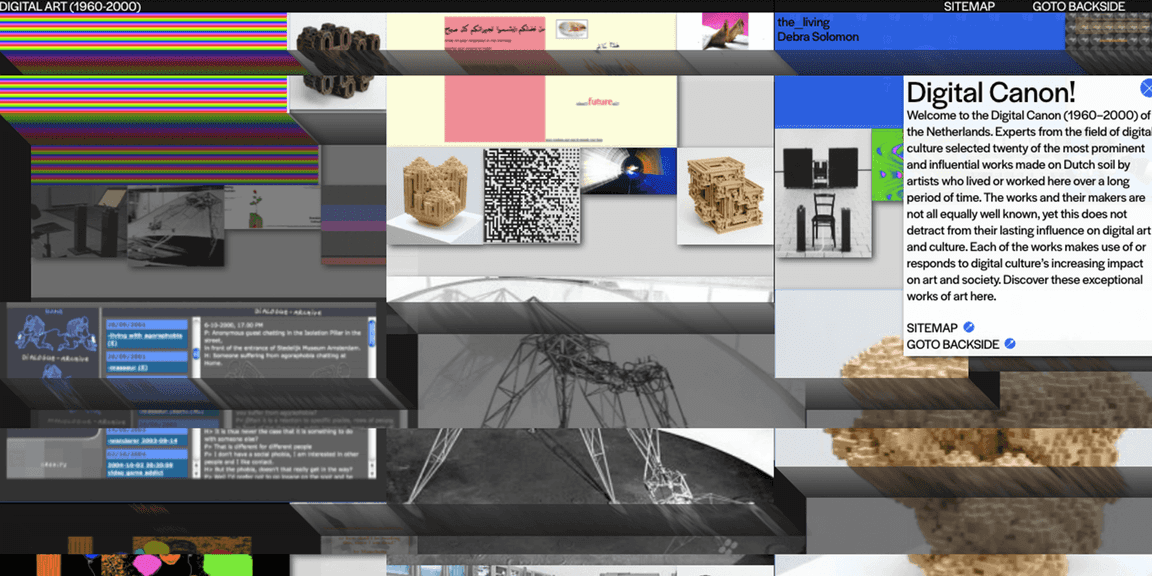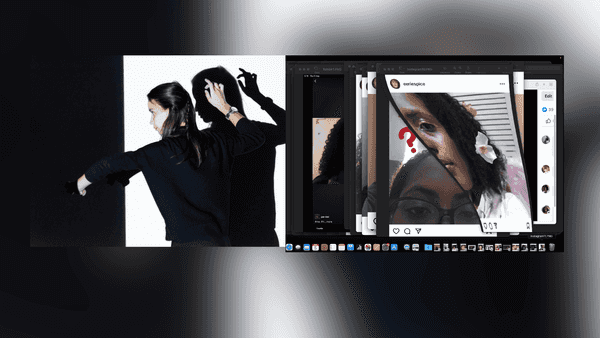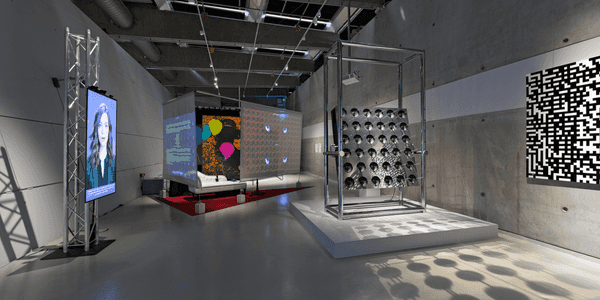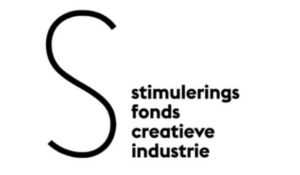
Digital Canon?!
LIMA researches how the importance of an artist, artwork, movement or development can be indicated – and how this can ultimately result in a canon.
When and where does digital art begin? How do we define digital art? And can this be limited to national borders? Which artists, artworks, networks, institutions and moments were and are of everlasting influence and importance? Digital art is a discourse in motion, discursive and always subject to change, just like the discipline itself. In collaboration with Josephine Bosma, Martijn van Boven, Annet Dekker, Sandra Fauconnier and Jan Robert Leegte among others, LIMA is currently opening up the discussion on the importance of digital art, it’s heritage and pioneers in our collective memory by initiating the project Digital Canon?! The research project is meant as a starting point for further analysis, debate and actions. Our goal is to bring the rich history of this art to the foreground in an increasingly 'digital' minded contemporary art context and to open it to the public at large.
How is a canon formed? By who? Do we actually need a canon for digital art? And how to deal with subjective views, different opinions and knowledge? The project Digital Canon?! Is strongly tended towards questioning the possibility of or need for a canon. All conversations and results within the framework of this project will be documented and made public. Next to this, public events will be organised to give insight in the progress and methodology. On this page, we will keep you informed about events and activities within the framework of this project.
The practical research project Digital Canon?! Born-digital art in the Netherlands is twofold. On the one hand, a selected group of experts will reflect and work on the methodology and the development of selection criteria. Specific attention will be paid to defining the discipline that can be found on the intersection of art, science and technology. On the other hand, many people from the field will be asked to participate to the making of the actual canon: a list, map, website, network or representation of artworks and artists. The canon will be made collectively by both experts and the field. The resulting canon is also immediately under discussion: it is a starting point for further analysis, debate and actions.
Digital Canon?! Launch at LIMADigital Canon?! Launch at LIMA
On Friday, March 22 LIMA the Digital Canon project was celebrated as a closing event of LIMA's yearly symposium Transformation Digital Art. Sanneke Huisman and Jan Robert Leegte launched the website specially developed for the project, and discussed the importance - and problematics - of canonisation, and the way the project has been developed.
Website
Explore the digital canon at digitalcanon.nl. Website by Yehwan Song.
Digital Care and REBOOT. Pioneering Digital Art
Some of the iconic works chosen for the canon required extensive collaborative care in order to be restored and shown. This process and the works themselves have been shown in a series of events under the project title Digital Care. All twenty works are also shown together at REBOOT. Pioneering Digital Art, a collaborative exhibition by LI-MA and Nieuwe Instituut, alongside new work from nine contemporary makers, who took inspiration from these classics to explore how the debates they prompted remain relevant today. Find out more via the links below.
This project is made possible by the creative industries fund NL.









